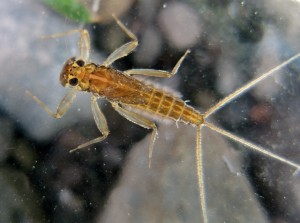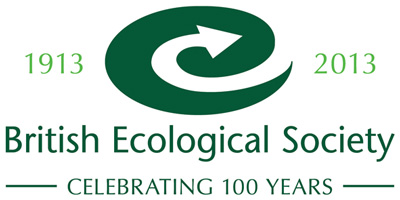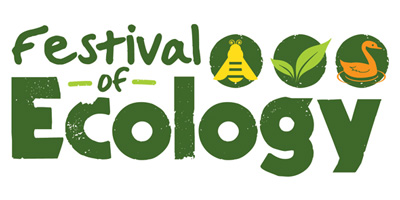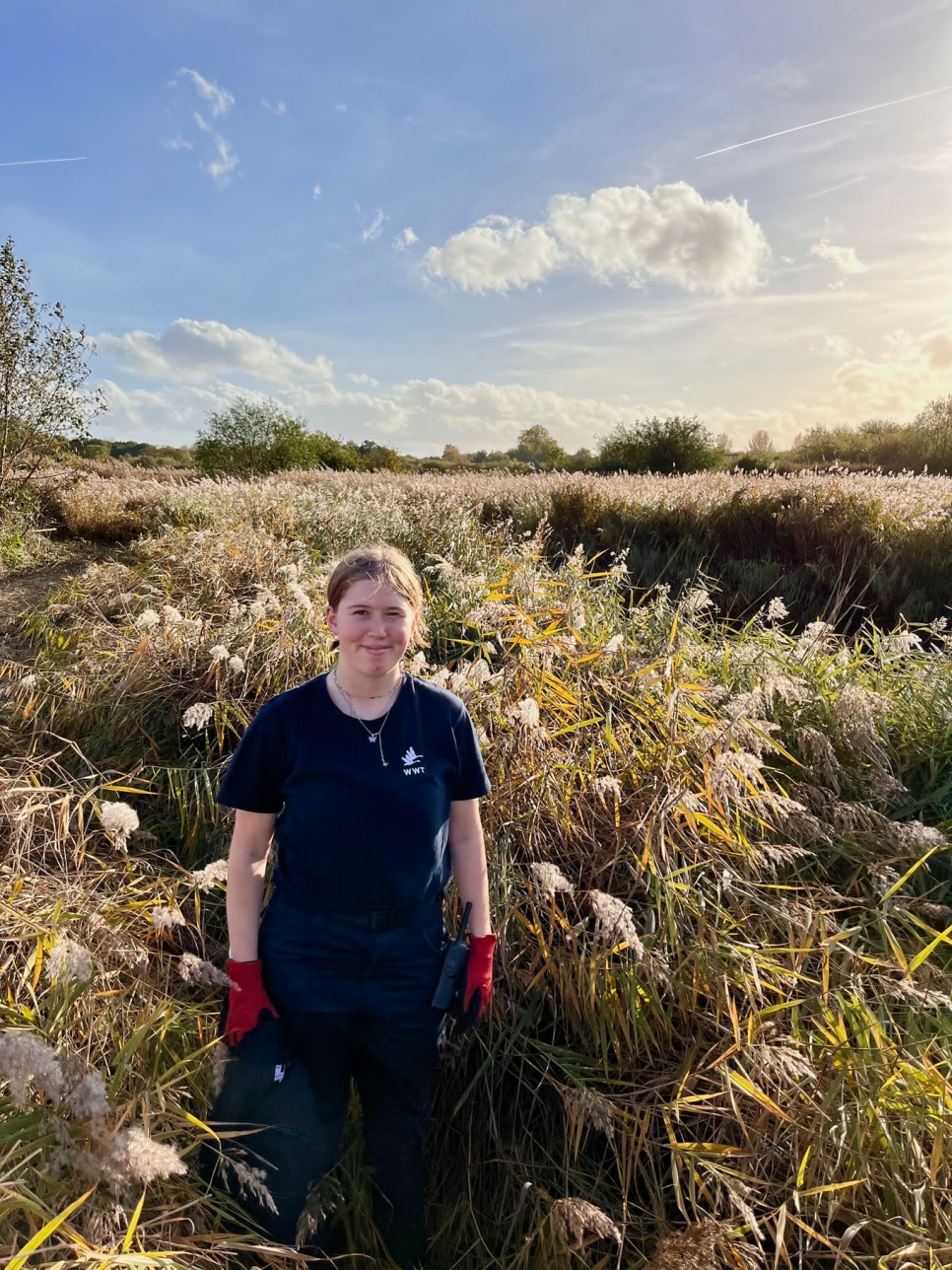Perfect Pond Season - 2
Guest blog by Nick Oliver
Four weeks into the Perfect Pond Season and not much has changed with our pond succession experiment. The basin, up on the bank in Pond Zone, was dug back in April and filled with rain water collected in a water butt, and left – the objective being to watch and record how ponds are colonised. We’re still getting large numbers of mosquito larvae, but recent pond dips have been dredging up daphnia – tiny organisms better known to many as water fleas - phantom midge larvae and bloodworms – the larval stage of the non-biting midge. With such an abundant larval larder, hopefully those pond skaters and diving beetles which we know are so close by will put in an appearance soon.

The comparative pond surveys have been continuing, with the Amphibian Pond in Wildside continuing to yield good results – the nymphs of the Brown Hawker (Aeshna grandis), one of our larger dragonfly species, have been recorded in good numbers here. Look out for the adults from now, right through to September, with their large brown veined wings and conspicuous brown bodies spotted on the flanks with blue and yellow markings in the male and yellow patches in the female.
The Cricklade Stream on the South Route is still producing a mixed bag of findings. Whilst individual surveys paint a fairly grim picture – water quality scores being in the region of poor to moderate – when taken as a whole, things look pretty good, with the number of species present bumping the score up into the good category – the scales being tipped somewhat by the presence of the swimming cased caddis fly larvae, Trianodes bicolor. This does highlight somewhat the difficulties of carrying out individual surveys to obtain an accurate picture of water quality in a given water body.
Just further along on the South Route at the Succession Trail results are more than encouraging. Surveying only started here a couple of weeks ago, and overall results show the water to be at the top end of the good category, with each survey completed being in the good category. Surveyors have been finding mayfly nymphs and what are becoming the ubiquitous swimming caddis fly larvae.
Sadly, we’ve not yet managed to access our fourth pond surveying site as yet. Those of you who are familiar with WWT London Wetland Centre will know that the Summer Route in Wildside has been out of bounds for some weeks now, as we have a family of sparrowhawks nesting just in the area of wet woodland close to the filter beds. It may be possible that, with the chicks getting closer to fledging that we will be able to access this area.
A simple experiment carried out on the Reedbed walks showed that the reed filters really are effective at removing particulates from the water. A sample of water was taken from the inlet to the filter beds from the Reservoir Lagoon, and another from the filter bed outflow. The first sample was cloudy with particles seen to be suspended in the water, and the sample from the outflow was clear. With such an obvious indicator of water quality, this looks promising for the time when we do start to survey that location.
Find out more about our Perfect Pond Season
See Nick's first blog post: Perfect Pond Season - 1



